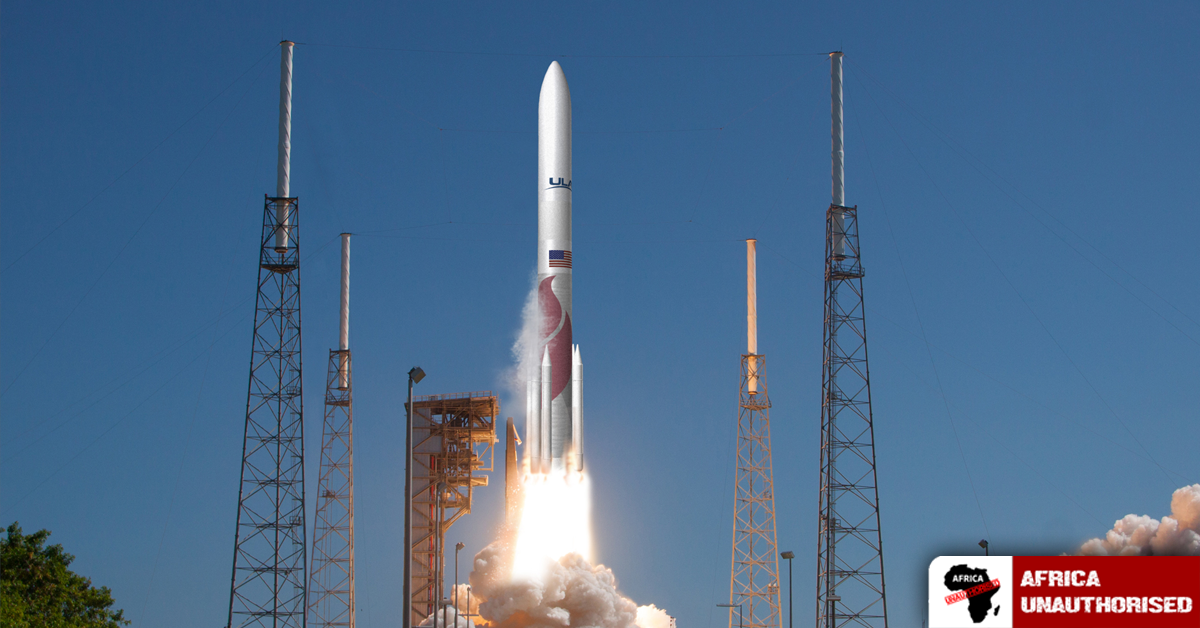Adrian Olivier,
Sunday 7 January – Sunday 14 January:
On Monday, the United Launch Alliance Vulcan Centaur rocket blasted off from Cape Canaveral Space Force Station in Cape Canaveral, Florida. The rocket, carrying the Peregrine Mission 1 was to be the first time an American company sent a spacecraft to the moon – and the first time the U.S. returned to the lunar surface in more than 50 years. However Astorbotic, the company that launched the lander, soon identified a “propulsion anomaly” and later said the lander suffered a “critical loss of propellant.” The company said on Saturday that it would not be possible for a successful moon landing and expects the lander to burn up as it re-enters Earth’s atmosphere.
On Tuesday, NASA leadership announced a “months-long delay” to the first crewed mission of the Artemis program. The delay affects NASA’s Artemis II mission, which aims to send four astronauts on a journey to fly by the moon and was expected to launch in November this year. With the delay, the mission is now not expected to launch before 2025.
On Tuesday, Houthi terrorists launched their largest attack in the Red Sea to date. Carrier-based jets and warships shot down 21 drones and missiles launched by the Iran-backed group on Tuesday night. Eighteen drones, two cruise missiles and one ballistic missile were shot down by F/A-18 warplanes from the aircraft carrier USS Dwight D Eisenhower, which is deployed in the Red Sea, and by four destroyers, the USS Gravely, USS Laboon, USS Mason and HMS Diamond. HMS Diamond shot down seven of the Houthi drones using its guns and Sea Viper missiles, each costing more than £1m ($1.3m). A Houthi spokesman said the attack “targeted a US ship that was providing support for the Zionist entity [Israel]” and that the operation was a response to the sinking of three Houthi speeds boats and the killing of their crews by U.S. Navy helicopters during an attempted attack on a container ship on December 31. Britain has two carriers moored in Portsmouth which would add muscle to their response but neither vessel is battle ready.
On Thursday, the U.S. and U.K. launched air and missile strikes on dozens of targets in Yemen in retaliation for Tuesday’s drone and missile attacks in the Red Sea. The joint assault, which involved U.S. aircraft, ships and submarines, came after the Houthis ignored weeks of warnings by Washington and its allies to stop their attacks on vessels in the commercially important waterway. President Biden said the U.S. and the U.K. conducted the strikes with support from Australia, Canada, the Netherlands and Bahrain. The U.S. Air Force’s Mideast command said it struck over 60 targets at 16 sites in Yemen, including “command-and-control nodes, munitions depots, launching systems, production facilities and air defence radar systems.” A senior Pentagon official said on Friday the U.S. is “very confident” the strikes were effective in degrading the Houthis’ ability to launch future attacks. A Houthi spokesman told Reuters the strikes had no significant impact on the group’s ability to affect shipping. A day later, the US Central Command said it carried out its latest strike on a Houthi radar site in Yemen using Tomahawk land attack cruise missiles.
On Saturday, ruling-party candidate Lai Ching-te emerged victorious in Taiwan’s presidential election amidst threats by China, which strongly opposes Lai and has called the vote a choice between war and peace. Lai’s Democratic Progressive Party’s appeal to self-determination, social justice and rejection of China’s threats ultimately won out. Beijing was believed to have favoured the candidate from the more China-friendly Nationalist party, also known as Kuomintang, or KMT. Its candidate, Hou Yu-ih, also had promised to restart talks with China while bolstering national defence. He had vowed not to move toward unifying the two sides of the Taiwan Strait if elected. On Sunday, after U.S. Secretary of State Antony Blinken congratulated Lai, China’s Foreign Ministry said the U.S. statement “sends a gravely wrong signal to the ‘Taiwan independence’ separatist forces” and goes against a U.S. commitment to maintaining only unofficial ties with Taiwan.
On Sunday, North Korea fired a suspected intermediate-range ballistic missile into the sea according to South Korea’s military. The launch was the North’s first this year. Some analysts have predicted that North Korea could ramp up its provocative missile tests as a way to influence the results of South Korea’s parliamentary elections in April and the U.S. presidential election in November. South Korea’s Joint Chiefs of Staff said in a statement that it detected the launch of a ballistic missile of an intermediate-range class from the North’s capital region on Sunday afternoon. It said the missile flew about 1,000 kilometres (620 miles) before landing in the waters between the Korean Peninsula and Japan. Japan’s Defence Ministry said its analysis showed the missile travelled at least 500 kilometres (300 miles) at the maximum altitude of 50 kilometres (30 miles), data that suggests North Korea may have fired a short-range and not an intermediate-range missile. Japan and South Korea said they closely exchanged information about the launch with the United States, but they didn’t immediately explain the discrepancy in data.
On Sunday, North Korea and Russia announced that North Korean Foreign Minister Choe Son Hui will visit Russia from Monday to Wednesday at the invitation of her Russian counterpart Sergey Lavrov.
Discover more from Africa Unauthorised
Subscribe to get the latest posts sent to your email.


